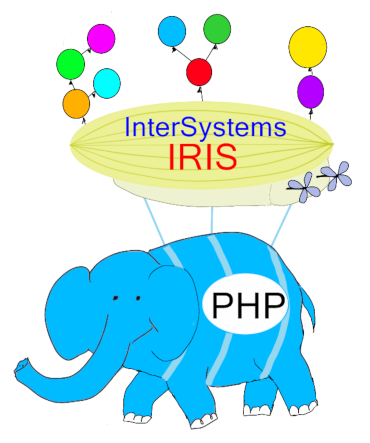Noticed some unexpected behavior when using $ZTH
Resultant values less than 1 are treated as strings and values >=1 are numbers. Causing heartburn in $Query / $Next / $Order loops. Is there a setting somewhere that can change this?
Example:
// Parse the time out of a text string whose format is YYYYMMDDHHMMSSsssssssss (lower case s = fractional parts)
Set MsgDT = "20180405000000001005933"
Set MsgDTH = $ZTH(($E(MsgDT,9,10)_":"_$E(MsgDT,11,12)_":"_$E(MsgDT,13,14)_"."_$E(MsgDT,15,23)),1)
//Do it again, but add a sec to the time string





 PHP, from the beginning of its time, is renowned (and criticized) for supporting integration with a lot of libraries, as well as with almost all the DB existing on the market. However, for some mysterious reasons, it did not support hierarchical databases on the globals.
PHP, from the beginning of its time, is renowned (and criticized) for supporting integration with a lot of libraries, as well as with almost all the DB existing on the market. However, for some mysterious reasons, it did not support hierarchical databases on the globals.